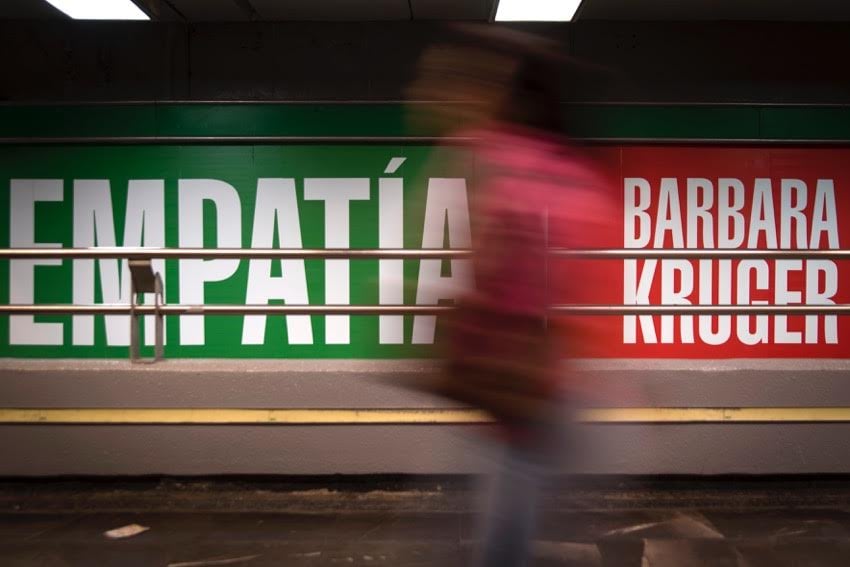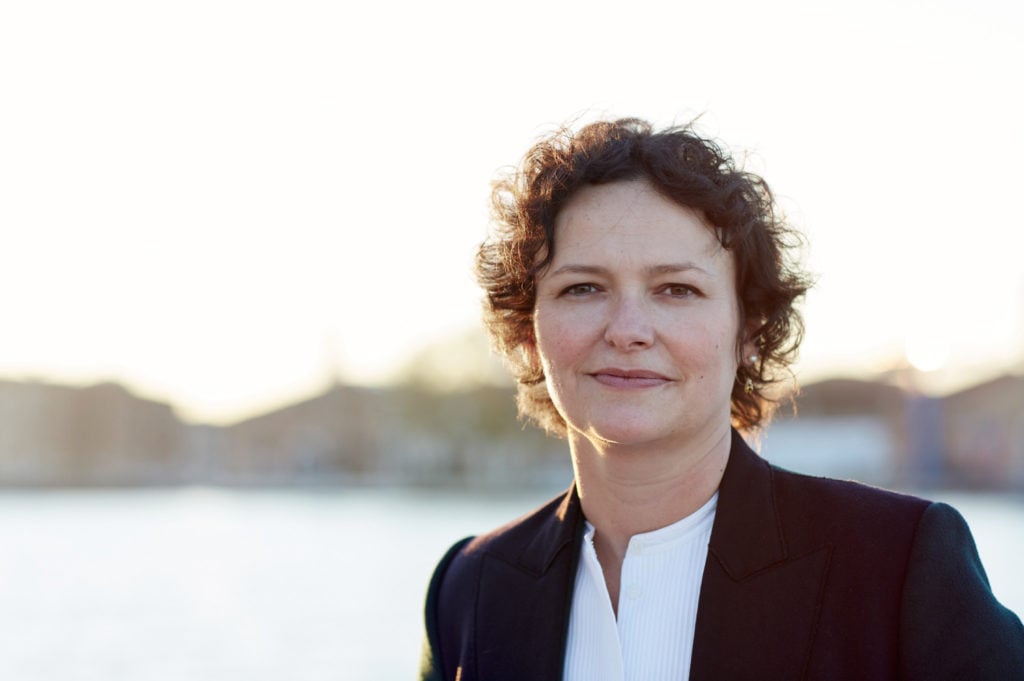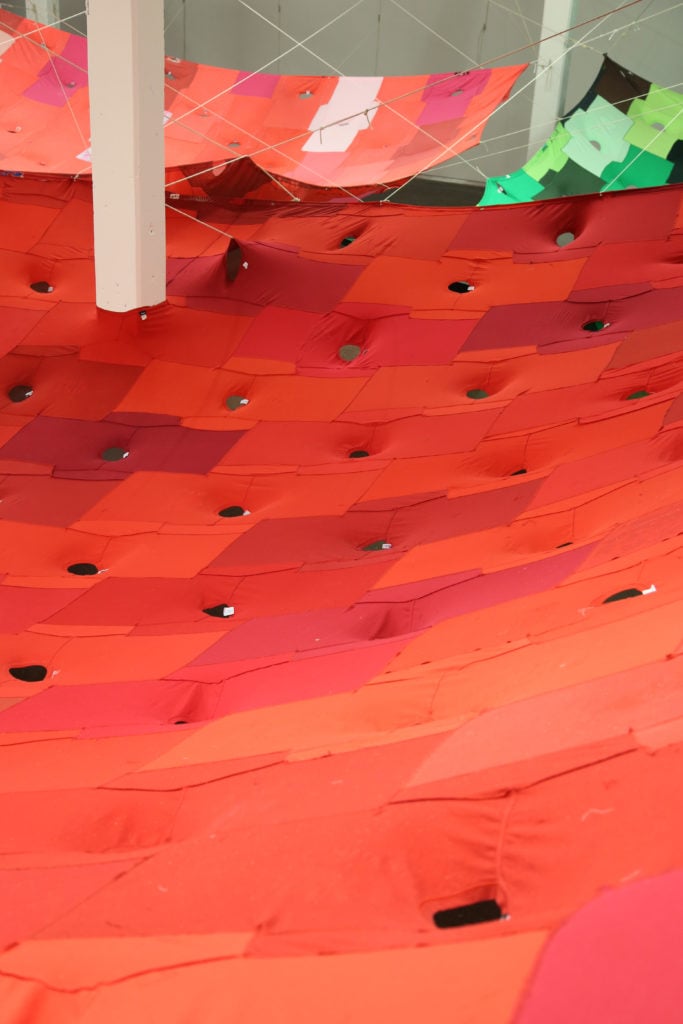Art World
Art Basel Cities Director Cecilia Alemani Reveals the City-Spanning Highlights From the Inaugural Edition in Buenos Aires
The 18 participating artists will scatter work across the city.

The 18 participating artists will scatter work across the city.

Sarah Cascone

Next month, Art Basel Cities Week touches down in Buenos Aires. It’s the first stop for the ambitious new initiative, which aims to recast the art fair giant as patron of the arts, collaborating with local governments to stage art events in concert with existing institutions. Now, details have finally been released about what visitors to the South American city can expect from the event, which will feature 18 artists, including Maurizio Cattelan, Pia Camil, Alex da Corte, Stan VanDerBeek, and Barbara Kruger.
First announced in March 2016, the Cities initiative selected Argentina as its first location that September. A year later, Cities tapped Cecilia Alemani, director and chief curator of New York’s High Line, to be its artistic director. For the centerpiece of Cities, which has also included events, workshops, and talks held at the Art Basel Cities House over the past year, she has curated a citywide public art installation, “Hopscotch,” named after an experimental 1963 novel by Argentine writer Julio Cortázar.

Cecilia Alemani, director and chief curator of High Line Art. Photo by Marco De Scalzi.
“The novel follows a non-linear narrative that can be read in multiple sequences, jumping from chapter to chapter, as suggested by the title, like the traditional children’s street game,” Alemani wrote on the exhibition website in April. “As with the book and the game, my art program hopscotches through the city, shaping possible journeys and different paths through urban space, creating unexpected connections between sites and oeuvres.”
“‘Hopscotch’ is an opportunity to work with a very dynamic art scene, and to use the city as a pedestal for public works by both Argentine and international artists in unusual locations,” Alemani added.
Along the Rio de la Plata, Buenos Aires-born Eduardo Basualdo will install mechanical sculptures, activated by wind, heat, or electricity, on an oft-overlooked fishing pier. His temporary structures will inhabit the huts used by local fishermen, reminding viewers of man’s relationship to the river.
Outside the Ex Ceveceria Munich, Camil will display Gaby’s T-Shirt, a massive fabric work made from t-shirts produced in Latin America for sale in the US but ultimately junked and sold at Mexican flea markets. The consumerism-inspired piece is interactive, with viewers allowed to touch it, opening and closing the curtain.

Pia Camil, Bara, Bara, Bara (2017). Photo courtesy of Art Basel Cities.
Cattelan is taking over the Plaza Sicilia with a collective social sculpture, Eternity, of a temporary cemetery. Hundreds of Argentinian artists and art students have contributed to the project, creating tombstones for friends, loved ones, or even fictional characters. All those memorialized in the piece, however, are still living.
Kruger will present a feminist text-based piece, which reads in Spanish “You can’t live without us/power/pleasure/property/equality/empathy/independence/doubt/belief/women.” The site-specific installation will cover an abandoned grain silo in front of the Parque Mujeres Argentinas, which were dedicated in 2007 to the country’s women.
Alemani is also restaging VanDeerBeek’s 1972 work Cine Dreams, an overnight video piece featuring 25 simultaneous projections of 47 films and five digital slideshows, at the city’s Planetario Galileo Galilei. The piece, inspired by the human sleep cycle, was originally held for three nights in Rochester, New York.
The Argentinean artists in the mix include Eduardo Navarro, Mariela Scafati, Mika Rottenberg, Vivian Suter, and Leandro Katz. Alemani also made a conscious choice to showcase emerging figures such as Ad Minoliti, Santiago de Paoli, Luciana Lamothe, and Gabriel Chaile, who have had little international exposure to date. Narcisa Hirsch, David Horvitz, and Alexandra Pirici round out the artist list.
Art Basel Cities Week: Buenos Aires will be on view at sites across Buenos Aires, September 6–12, 2018.